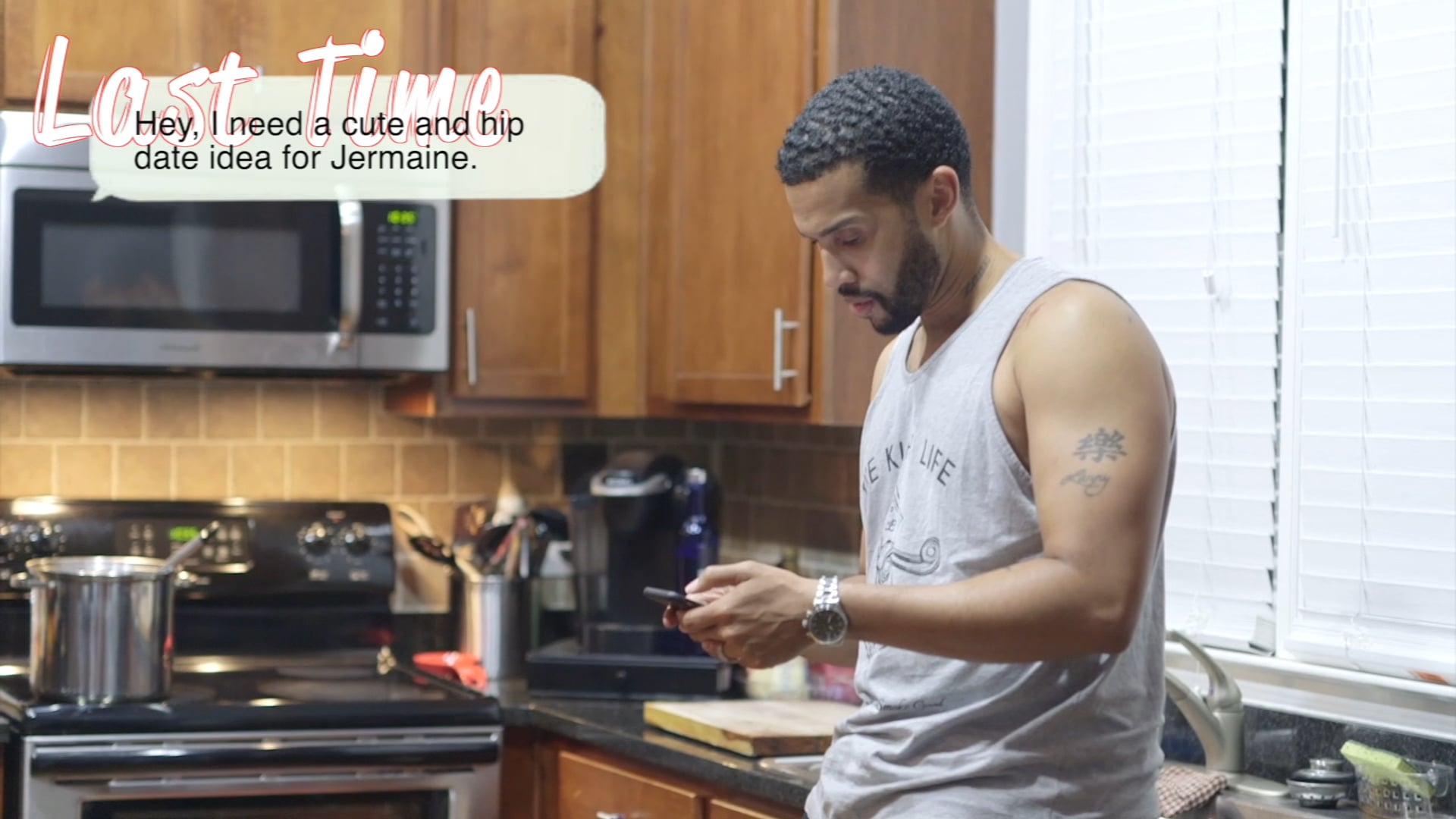
This is important when buying a TV or set-box online rather than from a local retailer who would normally only stock the compatible system. Broadband on cable is mostly DOCSIS which is DVB-C on the download path. Digital cable broadcast tends to be DVB-C or very similar QAM in almost all countries. Since all MPEG4-capable receivers can decode the MPEG2 codec and all DVB-T2 tuners are capable of tuning DVB-T signals, UK HD set-top boxes are compatible with both the UK SD system and Irish SD/HD system, but Irish SD/HD tuners will only work with the SD system used in the UK.

For example, Italy, Ireland and the UK are all DVB-T regions, but Ireland uses "MPEG4 + MHEG5 + DVB-T" for both SD and HD transmissions, while the UK uses "MPEG2 + MHEG5 + DVB-T" for SD and "MPEG4 + MHEG5 + DVB-T2" for HDTV, and Italy uses MHP rather than MHEG5 middleware. There are also variations in middleware used. Countries that have adopted digital terrestrial recently may have a single MPEG4 based system for SD and HD, while countries with more established system may use MPEG2 for SD and MPEG4 for HD. Not all countries are compatible within each standard DVB-T, ATSC (North America), DTMB (China), ISDB (of which there are two incompatible variations used in Japan and South America respectively). Although digital satellite television is now commonplace, the switch to digital cable and terrestrial television has taken longer. The transition to digital television is a process that is happening at different paces around the world.

This is a list of digital television deployments by country, which summarises the process and progress of transition from analogue to digital broadcasting.


 0 kommentar(er)
0 kommentar(er)
